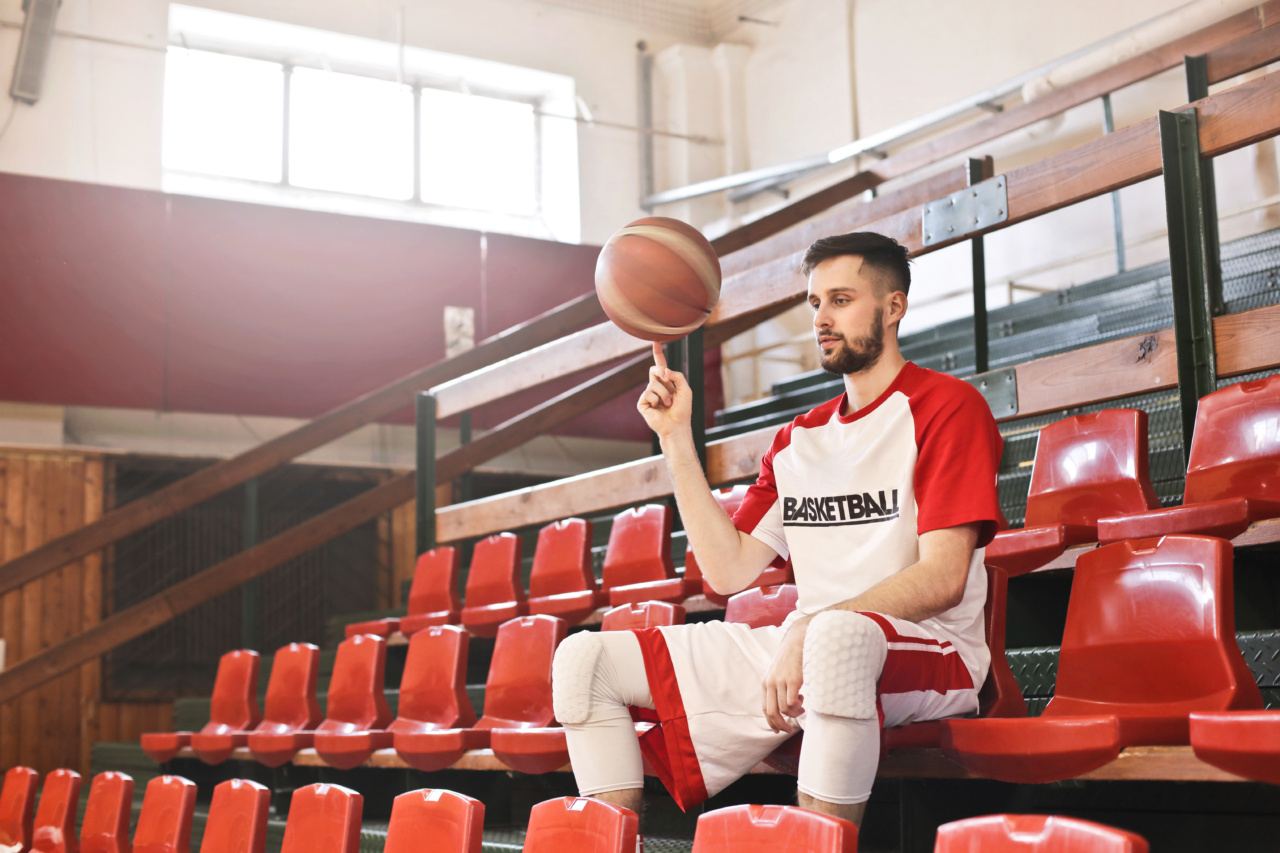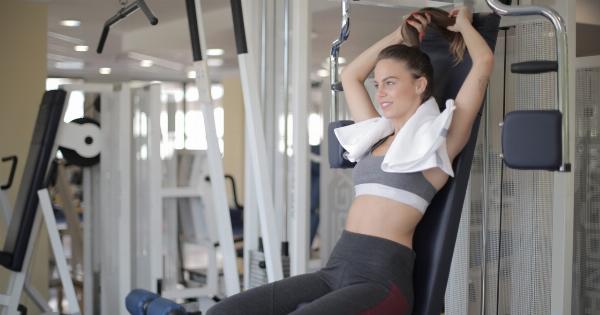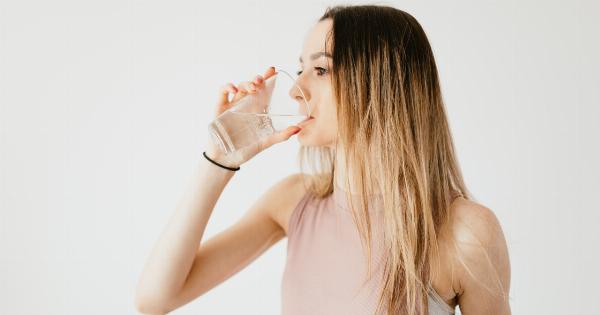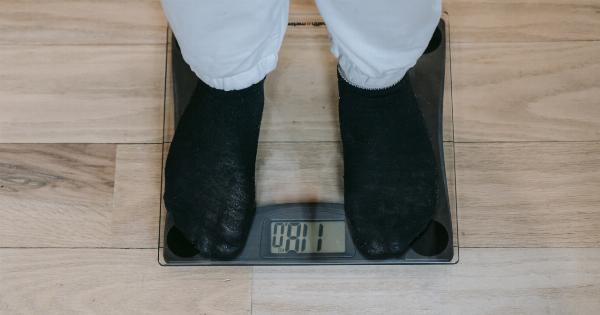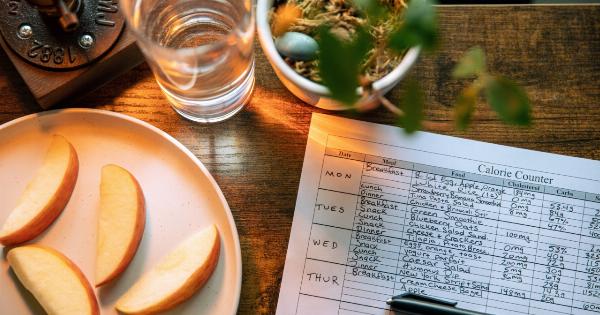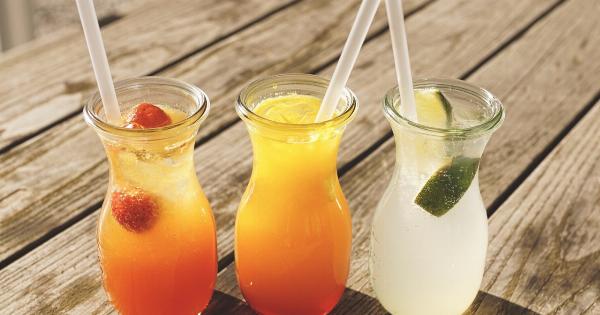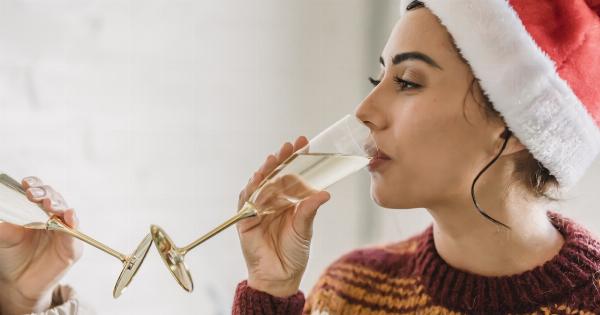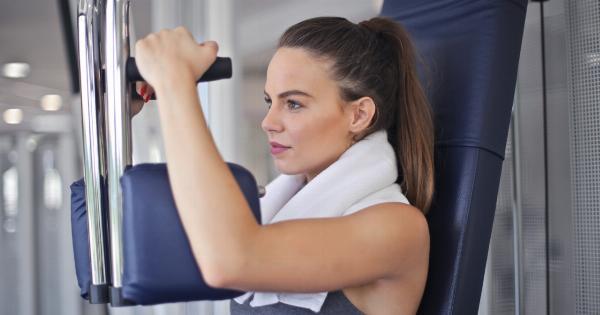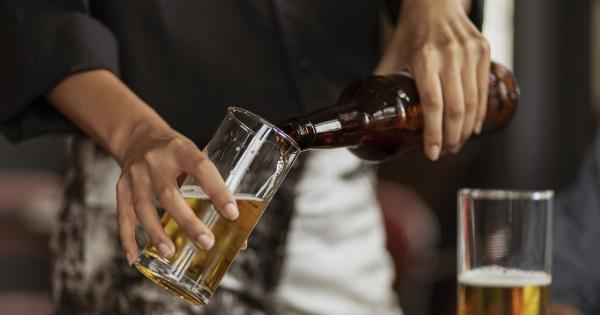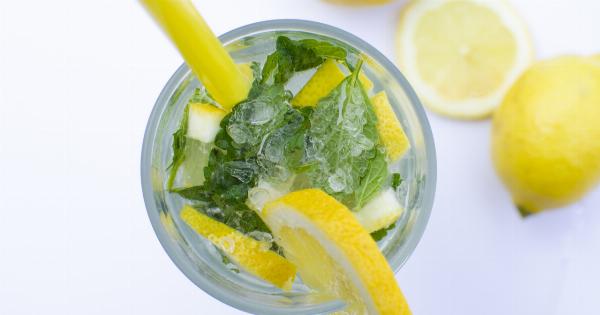When it comes to enjoying a refreshing beverage as an adult, it’s important to keep an eye on your calorie intake. Luckily, there are several low-calorie options available that allow you to indulge without the guilt.
In this article, we will explore three delicious low-calorie adult beverages and provide exercises to help you balance out the calories. So, let’s raise a glass and dive in!.
1. Vodka Soda
A vodka soda is a classic low-calorie adult beverage that is simple yet satisfying. This drink typically consists of vodka mixed with soda water and a splash of citrus juice for added flavor.
The beauty of a vodka soda lies in its simplicity and low-calorie content. A typical serving of vodka soda contains around 100 calories, making it an excellent choice for those watching their waistlines.
Exercise to balance it out: To burn off the calories from a vodka soda, try engaging in a high-intensity interval training (HIIT) workout.
HIIT workouts are known for their calorie-burning capabilities and can be easily tailored to suit your fitness level. Whether it’s a 20-minute circuit or a full-body Tabata routine, HIIT will help you stay in shape while enjoying your favorite low-calorie adult beverage.
2. Skinny Margarita
Who doesn’t love a refreshing margarita on a hot summer day? If you’re looking to cut down on the calories but still savor the flavors of this tropical cocktail, a skinny margarita is the way to go.
A typical skinny margarita recipe includes tequila, lime juice, and a sugar substitute in place of the traditional sugary syrup. This modification significantly reduces the calorie content without compromising on taste.
Exercise to balance it out: To offset the calories from a skinny margarita, consider adding some cardio exercises to your fitness routine.
Activities such as running, cycling, or swimming can help you burn calories while improving your cardiovascular health. Aim for at least 30 minutes of moderate-intensity cardio exercises on the days you choose to enjoy a skinny margarita.
3. Light Beer
For beer enthusiasts, choosing a light beer can make a significant difference in calorie consumption. Traditional beers tend to be higher in calories due to their malt and sugar content.
On the other hand, light beers offer a lower-calorie alternative without compromising on taste. Light beers typically contain around 100 calories or less per serving, making them a fantastic option for those looking to enjoy a cold brew without the excess calories.
Exercise to balance it out: To counter the calories from a light beer, incorporating strength training into your fitness routine can be incredibly beneficial.
Strength training helps build muscle, which, in turn, increases your metabolism and calorie-burning capabilities. Focus on compound exercises such as squats, deadlifts, and bench presses to maximize the benefits of your workout and offset the calories from your light beer.
Conclusion
Choosing low-calorie adult beverages is a smart way to indulge without derailing your health and fitness goals.
Both vodka soda and skinny margaritas offer delicious options with reduced calorie content, while light beers provide a refreshing choice for beer lovers. Remember, enjoying these low-calorie drinks in moderation is key to maintaining a balanced lifestyle.
By pairing these low-calorie adult beverages with the right exercises, you can create a harmonious balance between enjoying your favorite drinks and staying fit.
Whether it’s incorporating HIIT workouts, cardio exercises, or strength training, finding the right exercise routine for you will help offset the calories consumed.
